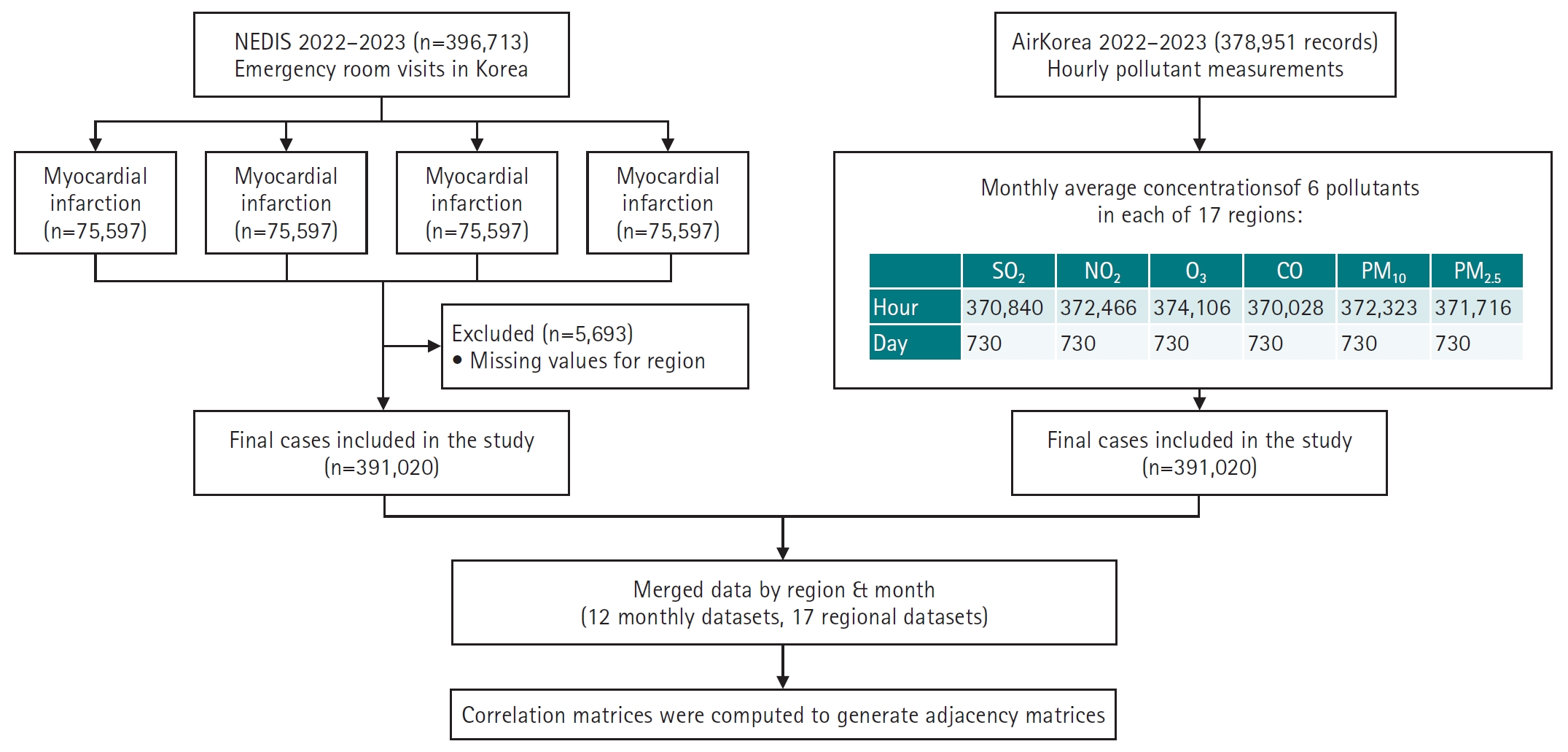
 , Seungpil Jeong
, Seungpil Jeong , Eunhee Ha
, Eunhee Ha
 , Soon-Hyo Kwon, Young Bok Lee
, Soon-Hyo Kwon, Young Bok Lee , Hei Sung Kim
, Hei Sung Kim , Jie Hyun Jeon
, Jie Hyun Jeon , Gwang Seong Choi
, Gwang Seong Choi
Scabies is a skin disease caused by the parasite
Citations

 , Sun Young Yi
, Sun Young Yi
Although
From 22,803 residents, 1000 were randomly recruited from the 1st, 2nd, 5th and 6th clusters of Mokdong apartment complex by multi-stage sampling. In 742 subjects(74.2% of the initial sample)
The overall seroprevalence of
This study is a large cross-sectional, randomly sampled epidemiologic study of

